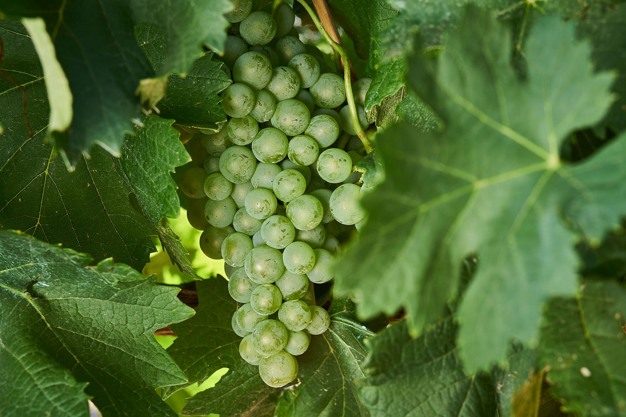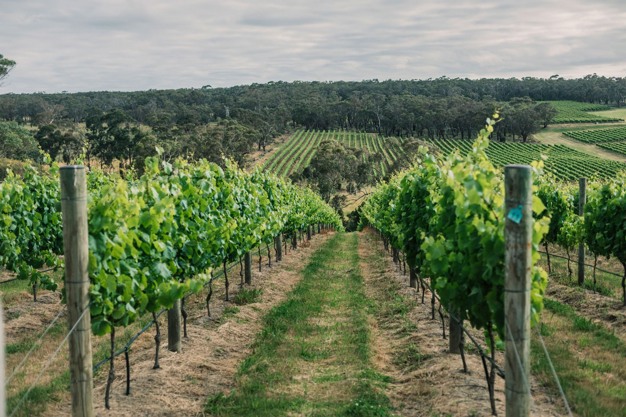The Australian grape industry, a vital component of the nation's agricultural sector, is currently experiencing a season fraught with uncertainties. Lee McLean, CEO of Australian Grape & Wine Incorporated, offers insights into the ongoing growing season, market dynamics, and the industry's resilience amidst these challenging times.
 "The weather's impact on this season's grape growing is still uncertain," McLean begins, noting that the grape harvest, which starts “in January in inland regions and the Hunter Valley and continues across the country until April or May”, could be influenced by varying regional conditions. Last year's smaller yield was “one of the smallest on record at about 1.3 million tonnes”. This was primarily due to “sustained cooler wet weather” and serves as a backdrop for this year's expectations.
"The weather's impact on this season's grape growing is still uncertain," McLean begins, noting that the grape harvest, which starts “in January in inland regions and the Hunter Valley and continues across the country until April or May”, could be influenced by varying regional conditions. Last year's smaller yield was “one of the smallest on record at about 1.3 million tonnes”. This was primarily due to “sustained cooler wet weather” and serves as a backdrop for this year's expectations.
Regarding the current season, McLean shares, "Looking out the window now, here in Canberra, it's reasonably cool and wet. We're hoping for better conditions for our grape growers than last year." This statement underscores the cautious optimism that is characteristic of the industry's approach to the unpredictability of nature.

McLean also highlights the key regions for grape production in Australia. "Three inland regions - the Riverland in South Australia, the Murray Valley in Victoria, and the Riverina in New South Wales - are our production powerhouses, contributing to around 70% of our grape volume."" he says. These regions, while prolific in output, typically produce grapes of lower value compared to some of Australia's cooler climate regions.
On the domestic and export front, McLean remarks, "We export about 60% of what we produce, similar to other agricultural commodities”. He notes that "because of that export dependency, we’re actually going through a period of pretty significant oversupply”, particularly affecting the demand for red grapes. This situation is partly due to structural issues within the industry and the loss of key export markets, such as China, which has seen a dramatic decline in imports due to imposed duties.
In response to these challenges, Australian Grape & Wine Incorporated remains steadfast in its commitment to support and sustain the industry. Representing a significant number of grape growers, the organisation is instrumental in creating a favourable environment for grape cultivation and marketing.

McLean emphasizes the organization's role: "We focus on promoting united positions and developing strategies to support the industry." This focus is pivotal in maintaining the reputation of Australian grapes and ensuring the long-term sustainability of the industry.
McLean's insights reflect both the challenges and the resilience of an industry integral to Australia's agricultural success. As the grape industry navigates this complex season, the coming months will be crucial. Grape growers nationwide will wait to see how the season unfolds, poised to adapt and thrive amidst the shifting dynamics of both nature and the global market.
For more information:
Lee McLean
Australian Grape & Wine Incorporated
Email: [email protected]










